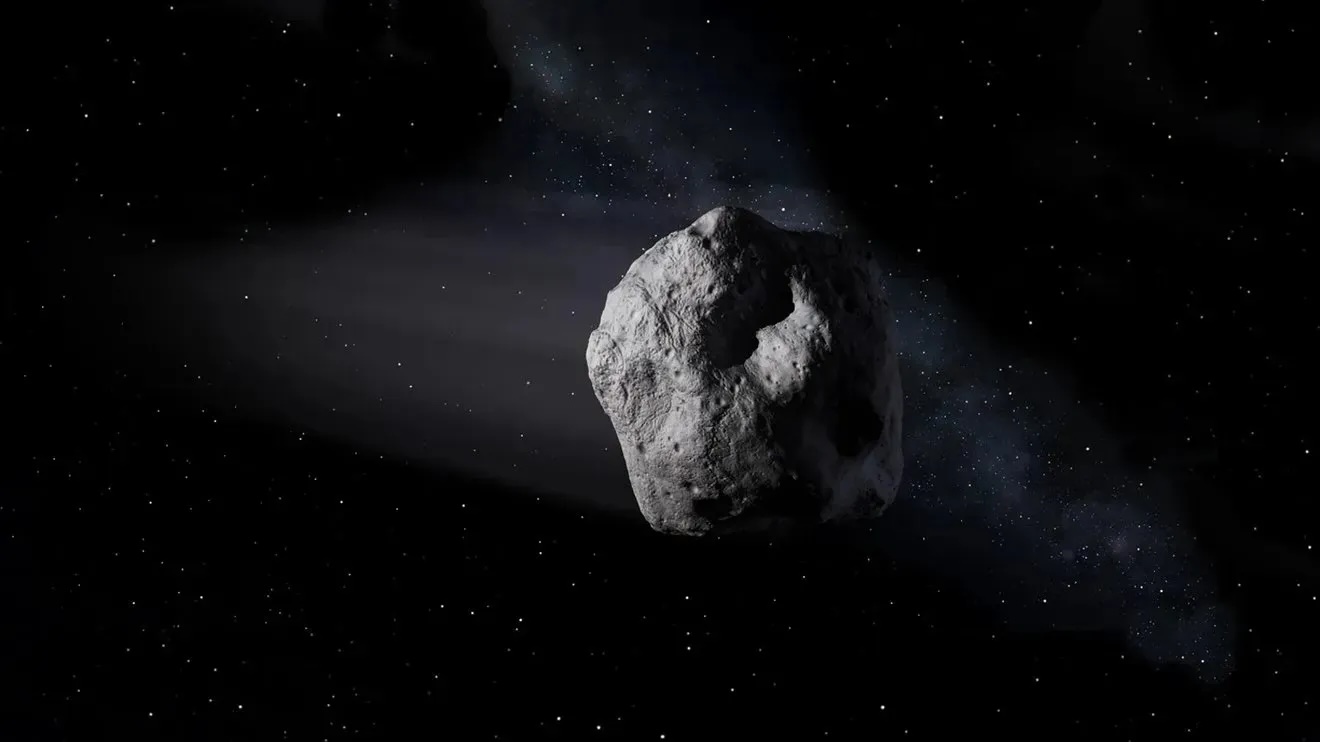When you buy through links on our site , we may earn an affiliate charge . Here ’s how it works .
Two sets of Fe ankle shackles discover at an archeological site inEgyptare reveal the " meaning human price " ofgoldmining undertaken to fund Ptolemy I ’s military campaigns , consort to fresh research .
" The shackle complement an ancient text that depict the living conditions of miners in Egypt and mention the mien of prisoners of war and vernacular criminal in the mines , " study authorBérangère Redon , an archaeologist at the story and Sources of the Ancient Worlds ( HiSoMA ) Laboratory in France , assure Live Science in an email .

A complete set of iron shackles found at the Ghozza mine in Egypt.
AfterAlexander the Greatconquered Egypt , oodles of mine were open under the Ptolemaic dynasty ( 305 to 30 B.C. ) . Many of these mine include caparison for the actor , but the support adjustment tend to be highly control and guarded . diachronic and archaeological information paint a picture that a range of citizenry worked as mineworker , including both paid manual laborer and mass who were enslaved .
In a survey print March 13 in the journalAntiquity , Redon detail the rare discovery of shackles at Ghozza , the northmost Ptolemaic gold mine , which was in use from around 250 to 200 B.C. The shackle are among the oldest ever recover in the Mediterranean region .
relate : Shackled skeleton may be first direct grounds of slavery in Roman Britain

Iron shackles being excavated at the Ghozza mine in Egypt.
The Ghozza mine building complex included a hamlet with residential domain , streets and baths . Hundreds of ostraca — pottery fragments used as " scrap theme " — that were found at the site provided clue to the daily activities of the miners . Some received wages for their work , which involved processing natural ore with hand-held grinding Stone .
" We think that the work of the mineworker must have include free people , as we found no guard dormitories at Ghozza , " Redon said . In contrast , dormitories at other ancient Egyptian mines " were guarded by a gatehouse near their narrow entrances , " Redon write in a 2021study .
But the discovery of two solidifying of shackles plan to restrict the movement of miner working on the surface revealed that there was at least some forced DoL at Ghozza .

— Tomb of ancient Egyptian Pharaoh of Egypt is 1st to be discovered in 100 years
— ' Big surprise ' disclose supposed skull of ' Cleopatra ’s sister ' actually belong to an 11 - year - old boy
— 4,100 - year - old tomb of doctor who handle pharaohs let out at Saqqara

One set of shackles consisted of seven mortise joint rings and two links , and the other include four contact and two ankle - ring fragments . Archaeologists discovered the shackles , along with a large amount of discarded slag and many iron objects , in an ancient store building at Ghozza .
The Ghozza shackles closely resemble one detect in the silver mines of Laurion in Greece , Redon write in her field of study , suggest the Greeks brought their expert knowledge of mine technology to Egypt during the Ptolemaic period . The mined Egyptian gold would have help fund Ptolemy I ’s military campaigns at the expense of the proletarian .
" These objects give us incontrovertible proof of the miner ' condition , which we did not have until now , " Redon said .

Mummy quiz: Can you unwrap these ancient Egyptian mysteries?
You must confirm your public display name before commenting
Please logout and then login again , you will then be prompted to enter your show name .














